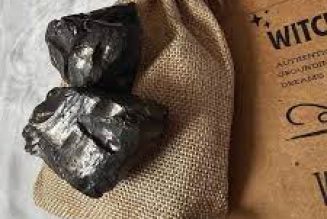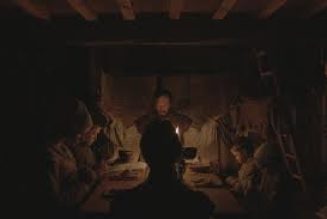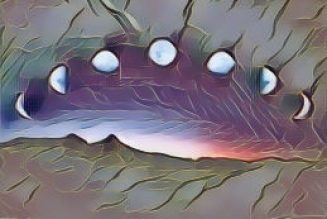Status
Best Time to See June, July, August
Colour Green
Habitat Woodland, Grassland
A small fern with a magical reputation.
So named for the shape of its leaves, which are fan-shaped and resemble a half-moon.
It is the only moonwort found in Britain – elsewhere it is often called “common moonwort” to distinguish it from other types.
Identification
This fern is a plant of two halves: the lower, infertile portion of the stem supports its moon-like leaves whilst the upper, fertile part gives rise to a cluster of rounded spores.
It is a small plant and easy to miss, growing only to around three inches in height.
Distribution
Found predominantly in Scotland and Wales and the north and west of England.
The majority of lowland moonwort in England was lost before 1930 – a decline that continues to this day.
It can be found at our Deep Dale reserve.
Habitat
Sand dunes, quarries, inland cliffs, open woods and well-drained meadows.
Moonwort prefers alkaline soils but by no means requires them.
Best time to see
The summer months, when it develops its spores.
Did you know?
This fern attracted many superstitions in past times and was popular with alchemists seeking to turn lead into gold.
Nicholas Culpeper, the renowned 17th Century herbalist, also describes its magical qualities:
“(Moonwort) will open locks, and unshoe such horses as tread upon it… …I have heard commanders say, that on White Down in Devonshire, near Tiverton, there were found thirty horse shoes, pulled off from the feet of the Earl of Essex’s horses, being there drawn up in a body, many of them being but newly shod, and no reason known, which caused much admiration: the herb described usually grows upon heaths.”














































